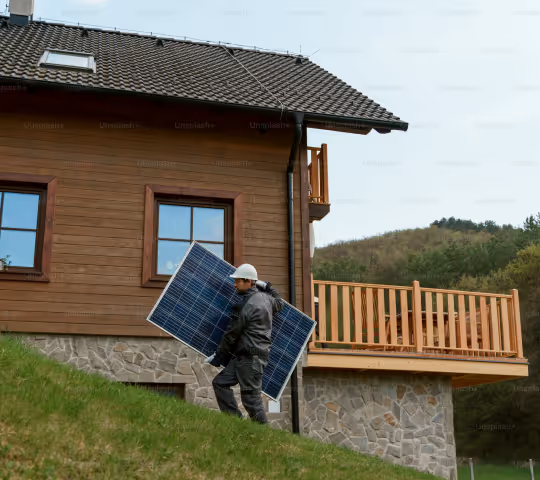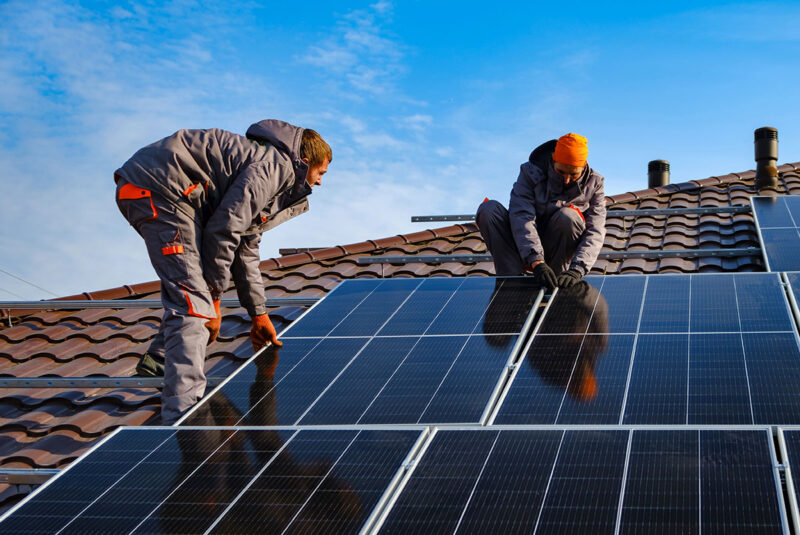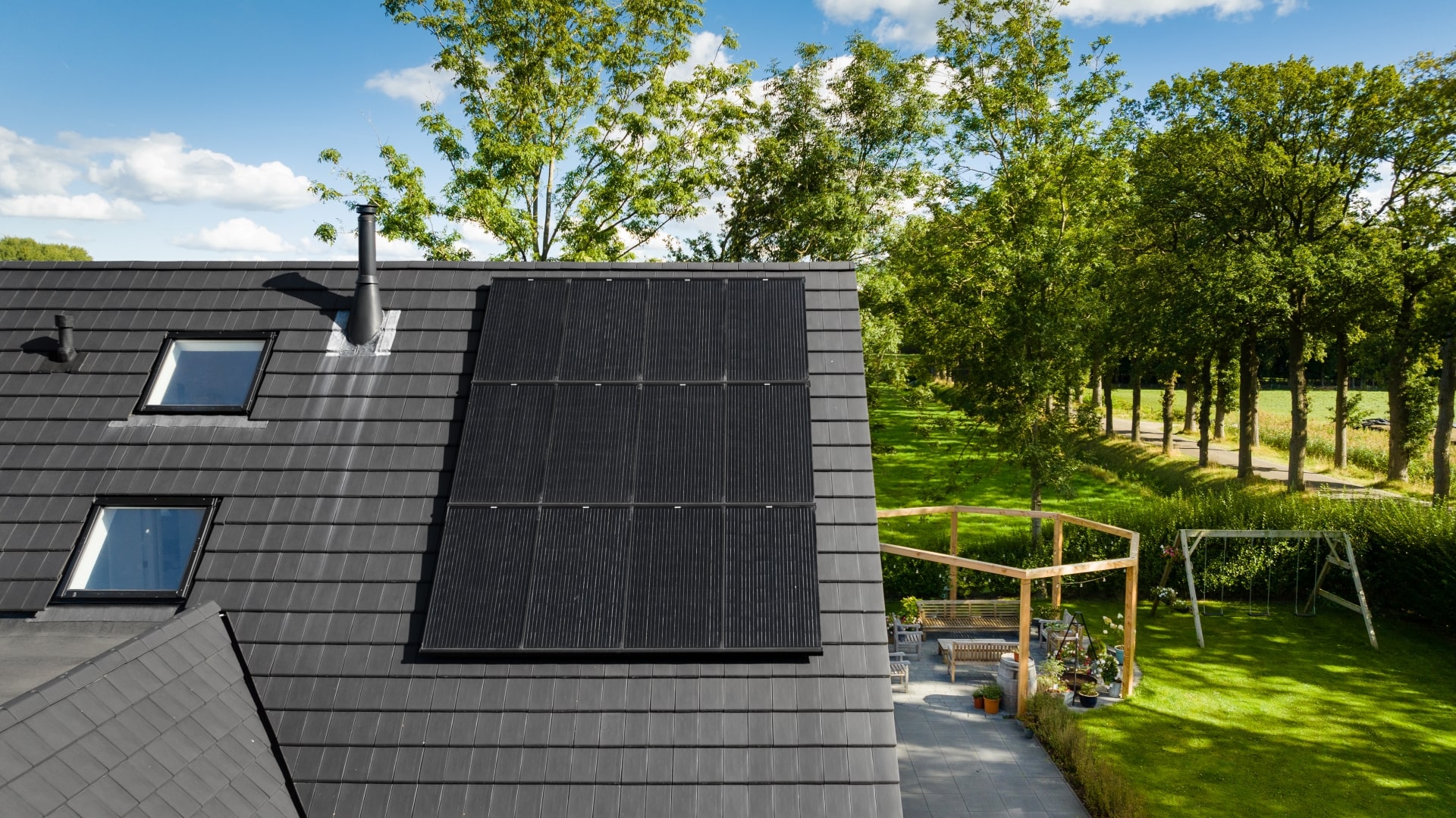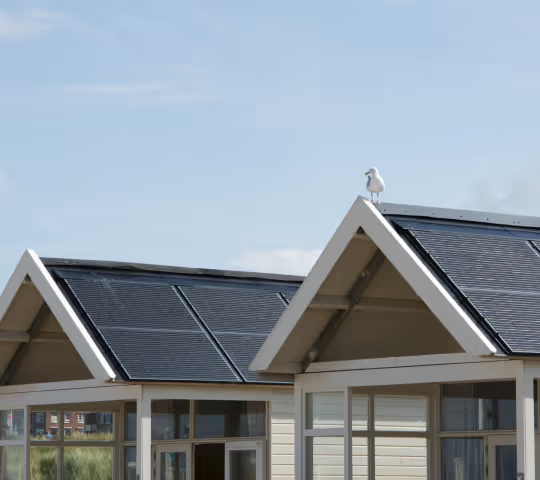Solar Installation Timeline: What to Expect
Everything you need to know about the 2-6 month journey from consultation to clean energy.

Introduction
Making the switch to solar energy can significantly reduce your electricity bills and environmental footprint. However, many homeowners are surprised to learn that the installation process involves much more than simply mounting panels on their roof. Understanding the complete timeline helps you set realistic expectations and plan accordingly.
The journey from initial consultation to activating your solar system typically takes 2-6 months, depending on your location, system complexity, and local permitting requirements.
1. Consultation & Design
Your solar journey begins with a comprehensive evaluation including site assessment, energy usage analysis, system sizing, financial analysis, and custom system design. Solar consultants will evaluate your roof's condition, orientation, shading, and review your past 12 months of electricity bills to determine the optimal system for your needs.

2. Permits & Approvals
This is often the longest phase, involving multiple agencies:
- Building and electrical permit applications
- Utility interconnection application
- HOA approval (if applicable)
- Final permit approval and fee payment
Timeline factors: Local jurisdiction efficiency varies greatly—some cities process permits in days, others take months. Complex installations and peak season demand can extend this phase.
3. Equipment Procurement
Once permits are approved, your installer orders equipment including solar panels, inverters, mounting hardware, and electrical components. Most components are readily available within 1-2 weeks, though specialized inverters may take longer.
4. Installation
The actual installation is the quickest phase. Most residential systems are completed in 1-2 days:
Day 1: Safety setup, roof preparation, racking installation, and panel mountingDay 2: DC and AC wiring, inverter installation, system testing, and final walkthrough
5. Inspection & Interconnection
Before operation, your system must pass several inspections:
- Local building inspection
- Electrical inspection
- Utility inspection (sometimes required)
- Permission to Operate (PTO) from your utility company
Inspectors verify structural integrity, electrical safety, code compliance, and proper system labeling.
What Affects Your Timeline
Common delays:
- Complex roof structures
- Peak installation season (summer)
- Weather conditions
- Permit office backlogs
- Equipment shortages
- Failed inspections
Speed-up factors:
- Simple roof layouts
- Experienced local installers
- Off-peak timing (fall/winter)
- Complete documentation
- Proactive communication
How to Prepare
- Research local incentives and rebates
- Keep recent utility bills and property documents ready
- Clean your roof area of debris
- Plan for brief power outages during electrical work
- Prepare questions for your installer
Timeline Summary
Total Timeline: 2-6 months
- Consultation & Design: 1-2 weeks
- Permits & Approvals: 3-8 weeks
- Equipment Procurement: 1-4 weeks
- Installation: 1-3 days
- Inspection & Interconnection: 2-6 weeks
Final Thoughts
While the solar installation timeline requires patience, you're making an investment that will benefit your family for decades. Most systems come with 20-25 year warranties and provide significant electricity savings from day one.
Work with reputable installers who communicate clearly about timelines and don't hesitate to ask questions throughout the process. The journey to solar power takes time, but the destination—clean, renewable energy and reduced electricity costs—makes every step worthwhile.




